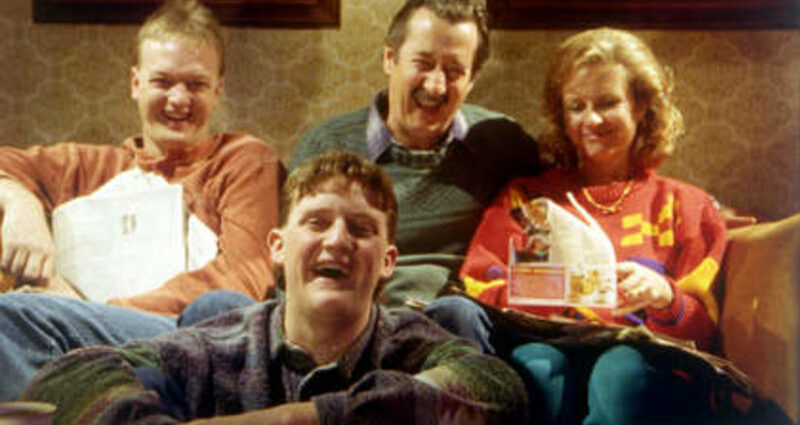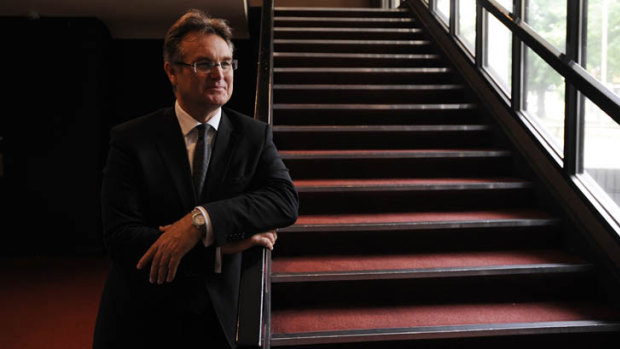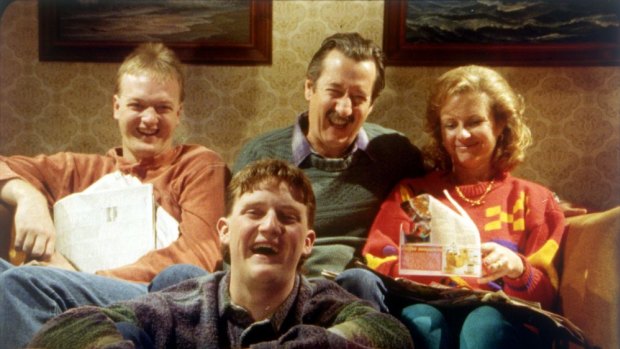Australians are starting to shift their views on wealth, with decades of poor housing affordability meaning fewer people view homeownership as the quintessential element of financial stability.
When homeownership – defined as outright ownership or with a mortgage – peaked in the 1960s, couples married and had children early and life expectancy was shorter, and owning a home was at the centre of our security and wealth. Since the 1966 peak, census data shows ownership rates have fallen 10 percentage points to 63 per cent in 2021.
Demographer Bernard Salt argues that while homeownership remains important, what is considered “wealthy” is changing.Credit:Andrew Sheargold
But the goal of homeownership has become more elusive for many younger people, thanks to eye-watering prices, with some looking for other ways to generate wealth.
Demographer Bernard Salt argues that while aspirations of homeownership remain important, the evidence suggests that what we want out of life and how we choose to live has changed.
More Australians now define wealthy as having the financial freedom to pursue passions and support those we care about, in a shift from the singular pursuit of homeownership sought by previous generations, he says.
That has changed from the absolute centrality of homeownership aspirations in John O’Grady’s novel They’re a Weird Mob, published in the late 1950s, which stressed the connection between post-war immigration with the opportunity to buy a house.
So ingrained was homeownership in the national zeitgeist it features prominently in popular culture, such as the late 20th-century depiction of battlers in the film The Castle, when Michael Caton played Darryl Kerrigan in his fight to hold on to the family home.
“It’s not a house, it’s a home.” The Kerrigans in the 1997 movie, The Castle.
In new research conducted by Salt for AMP, homes are still clearly the key wealth asset for many Australians. However, more people now view “wealthy” as having the financial freedom to live the lifestyle they want, and may seek to achieve this through more liquid forms of prosperity, including savings, shares and managed investments.
The importance of homeownership was underlined by the Retirement Income Review, released in 2020, that found more than 60 per cent of single renter households experience income poverty, while 12 per cent of single homeowners were in income poverty.
That is partly due to the privileged position of the principal place of residence in Australia’s tax and social security systems.
Renting is not only more insecure than homeownership; it is a particularly insecure tenure in Australia because of the limited protections for renters, including allowing no grounds terminations and unlimited rent increases, says Professor Hazel Easthope, deputy director of UNSW’s City Futures Research Centre.
Marrying and having children later, higher rates of divorce, and increased life expectancy, have culminated in increased ‘alone time’ for many Australians, leading to a more individualised view of how we think about wealth, Salt says.
Whereas Australians have a range of objectives that includes homeownership, it also includes the pursuit of options like how and where we work, how and when we form relationships and how we choose to live our lives. Many of these things have changed dramatically since the 1960s, he says.
“What has not changed is the value of health, of personal relationships, of family, of the ideal of provisioning for children, of helping grandchildren,” Salt says.
The Money with Jess newsletter helps you budget, earn, invest and enjoy your money. Sign up to get it every Sunday.
Most Viewed in Money
From our partners
Source: Read Full Article



